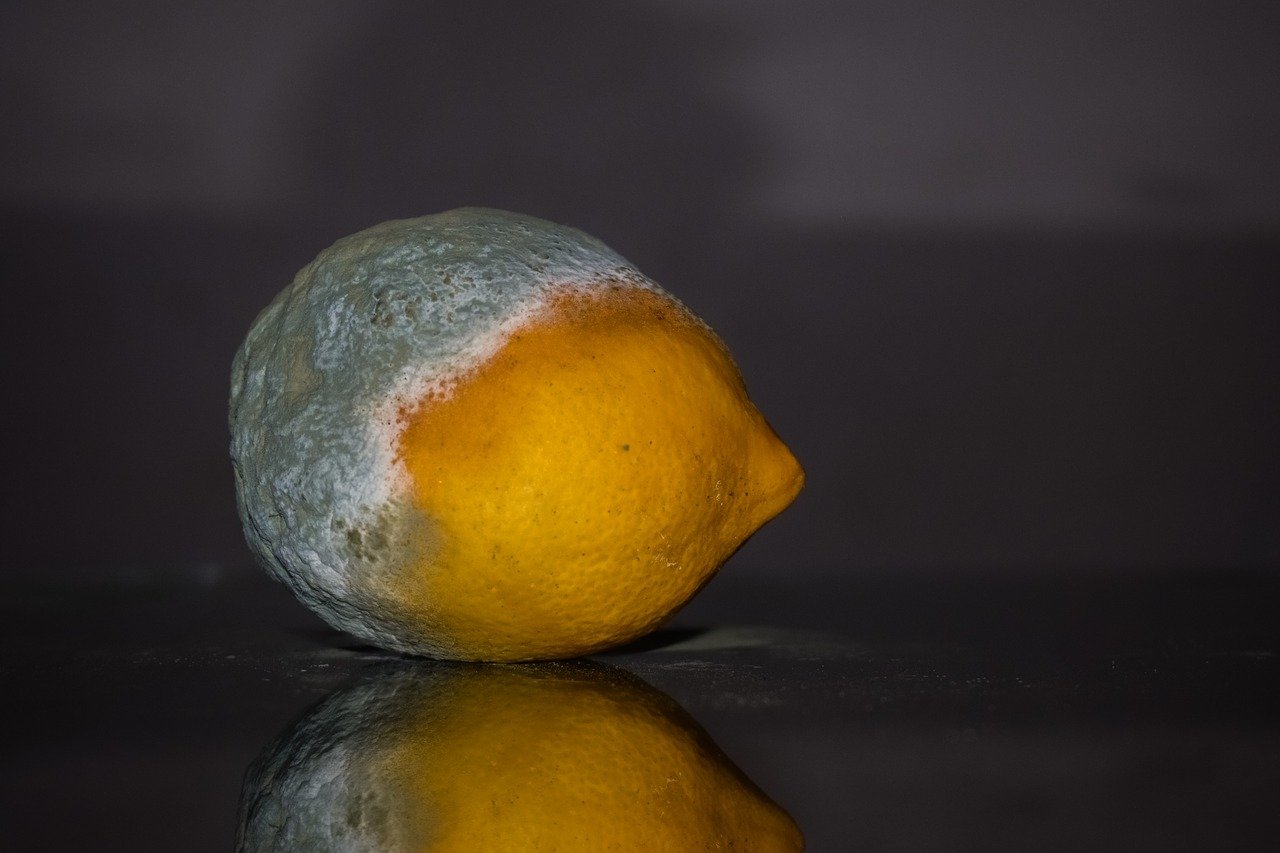
Why Mold Is a REAL Problem
I hate mold, and you should too.
Ok, well most mold.
Some molds are actually beneficial to health, but these are few and far between (think blue cheese).
Mold is necessary for survival, in terms of how the ecosystem works and how natural biology functions…
But if you are exposed to certain kinds of it on a regular (or even short-term basis) it may have some potentially catastrophic effects on your health.
Millions of Americans nationwide deal with issues related to mold completely unaware that the chronic issues they’re dealing with come from microscopic spores permeating their body.
I’ve written about mold before, but after these last few years, dealing with patients who've been affected by mold and hearing numerous stories about mold infestation I’ve decided I should write on this topic again.
When I was writing about the limbic system and the vagus nerve I was reminded of the truth that a solid percentage of the people dealing with those problems is affected by mold.
Let’s talk about what mold does…where it comes from…how to see if you’ve been exposed (or are currently exposed) and ways to deal with it.
Mold Is a HUGE Problem For Millions
Something that I haven’t talked about before on my blog is mast cells.
As Dr. Jill Carnahan says “mast cells are an important part of your immune system, without them you would never heal from an injury. However, there is a condition where they become overactive and cause serious problems in the body – this condition is called mast cell activation syndrome (MCAS).”
Dr. Carnahan and I agree that mold is one of the chief contributing factors to MCAS. And MCAS is one of the main drivers of autoimmune issues.
In some cases, MCAS can be as bad as severe anaphylactic shock.
When mast cells are stimulated they release what are known as mast cell mediators, including the following:
- Tryptase
- Histamines
- Cytokines
- Interleukins
- Prostaglandins
These mediators serve as distress signals for the immune system. These then trigger an inflammatory response to fight the threat, and in some cases, excess inflammation that results becomes life-threatening in itself.
Here’s a list of issues that can arise from MCAS.
- Fatigue
- Poor memory
- Brain fog
- Inability to focus
- Mood disorders
- Migraines
- Rashes
- Hives
- Low blood pressure
- Heart racing
- Becomes lightheaded when they stand up quickly
- Diarrhea
- Abdominal pain
- Constipation
- Nausea
- Bloating
- Strong PMS symptoms
- Allergy-like symptoms
- Asthma
- Wheezing
- Shortness of breath
Now you can see why mold is such a problem.
So Where Does Mold Come From
Mold can be caused by any number of events, but the single contributing factor is the presence of moisture that doesn’t go away.
That’s why mold can be so pernicious…homes are not waterproof and even if they can keep water out entirety, there’s a chance that water intrusions from the inside (like a busted pipe, or another leak, can cause issues.
There are 3 main kinds of molds, with the worst kind being the ones found in homes.
They are:
> Allergenic
> Pathogenic
> Toxigenic
Allergenic molds are molds that will cause an allergic reaction, think cough, excess mucous, skin irritation, and more.
Pathogenic molds are those that can make an illness you already have, even worse, or can cause a new condition. An example would be developing pneumonia after inhaling this kind of mold.
And then there are toxigenic molds. These molds are responsible for some nasty things. For instance, toxigenic mold can lead to the formation of toxic particles like Microbial Volatile Organic Compounds (mVOCs), which have the potential to kill.
Toxigenic molds thrive in the least accessible and darkest parts of your home and when you’re exposed to them they can cause acute MCAS which as you already learned can exert tremendous stress on your body and lead to a host of issues.
The bottom line is prolonged (and in some cases, one-time) exposure to these kinds of mold may result in major and ongoing health problems.
How to Know if Mold Is an Issue and How to Handle It
Specific to MCAS there are tests you can perform to see if biomarkers present are likely the result of mold exposure. A physician can order these, or some LabCorp's will offer them on request.
Specifically, you are looking for:
- MMP – 9
- C4a (C4b is usually seen bacterial trigger)
- TGF beta
- VEGF
There are other options, too, but I won’t get into them here.
Instead, the other thing you want to do is investigate and see if your home has mold.
If you suspect an area of your home has been damaged by water or is subject to prolonged exposure to moisture you can don a mask (a hazmat-specific one will be good as opposed to just a regular old kn-95) and then dig into your walls or floors.
If you see the following then you will need to remediate it.
Penicillium – Green/blue color, fuzzy, likely to appear on wallpaper and fabrics
Alternaria – A black, fuzzy plant mold that often appears under sinks and other damp areas
Aspergillus – Yellow/green color with red/brown underneath. Found near damp and dust
Cladosporium – A green/brown outdoor mold that can enter the home on wood and textiles
Stachybotrys – Toxic black mold that is an oily black can appear green and has a musty stench
There are also a few tests that you can administer that don’t require digging your floor up, or tearing down your walls (though you may need to make a few holes).
1) Great Plains Laboratory - GPL Myco-Tox
2) Vibrant Labs Mycotoxin Screen
The GPL Myco-Tox is a good place to start and is a little less expensive.
The Vibrant Mycotoxin Screen is the most comprehensive mold test that we have available.
So what if a home inspection reveals mold?
Well, it depends on how much, to what extent it’s spread, and how bad your health has been affected.
Many times you can just remove the building material that has been contaminated… and if you’re not that sick and it’s not spread that far, this may be an acceptable option.
On the other hand, if you’re sick, or the damage is extensive, you may consider a massive remediation effort or even moving.
I know that sounds terrible, but when your health is on the line it may be the right choice, only you can decide but many people end up doing just that.
Most important is knowing if you have mold or not.
Especially when 1 in 4 people have a gene called HLA-DR that has been shown to make it so that when your immune system comes across mold strains it can’t identify and remove mold toxins from your body.



